- According to the European Guidelines for prevention of low back pain, low back pain is defined as “pain and discomfort, localized below the costal margin and above the inferior gluteal folds, with or without leg pain”.1
- Low back pain is very common worldwide and occurs in all age groups, from children to the elderly. Is now the number one cause of disability globally.2
- Most episodes of low back pain are short-lasting, but recurrent episodes are common and low back pain is a long-lasting condition with a variable course.2
- Lifestyle factors like smoking, obesity, and low levels of physical activity relate to poorer health and are associated with low back pain.2






